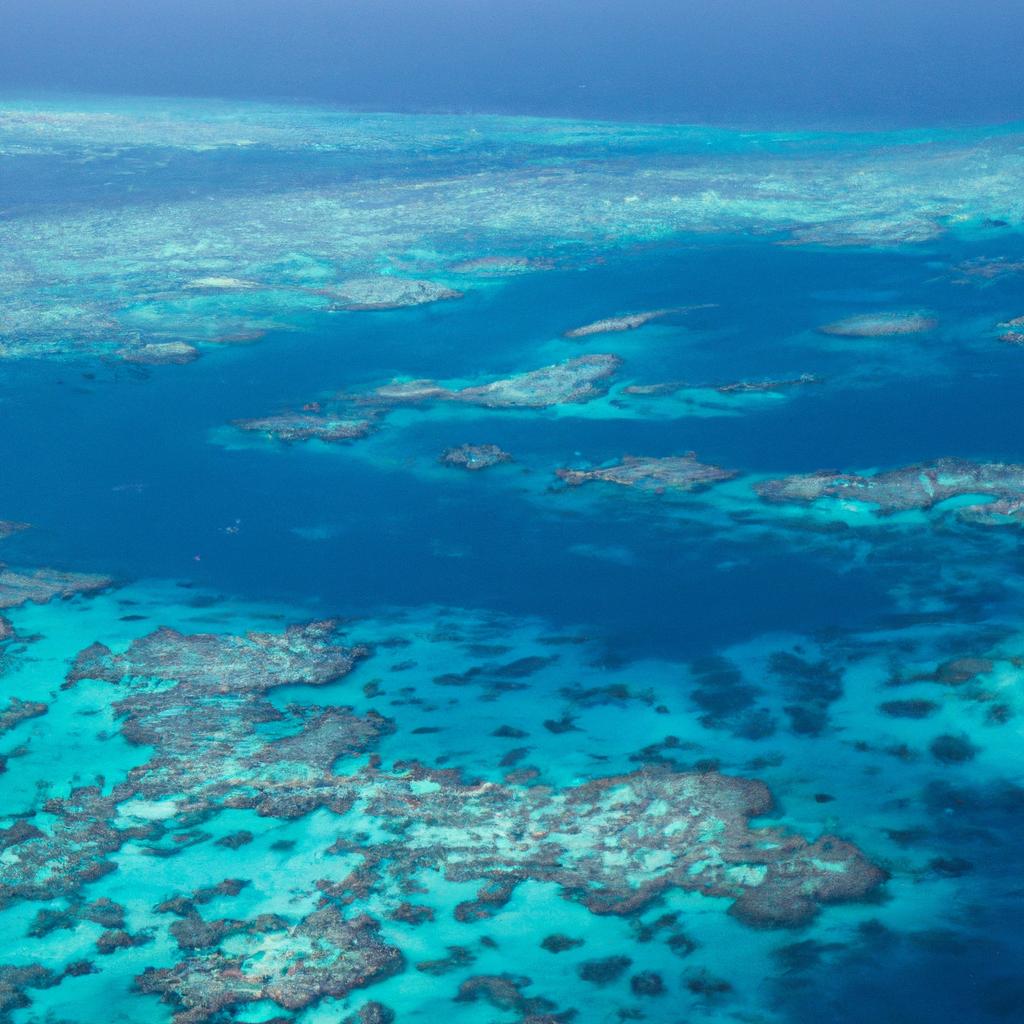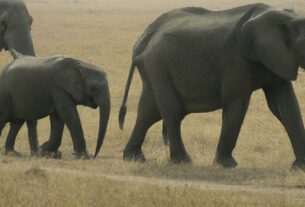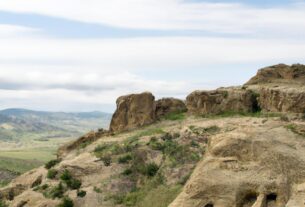Australia boasts an array of natural wonders, but none stands as tall or as magnificent as the Great Barrier Reef. Nestled off the coast of Queensland, this sprawling coral reef system spans over 2,300 kilometers, making it the largest of its kind in the world.
A Brief History of the Great Barrier Reef
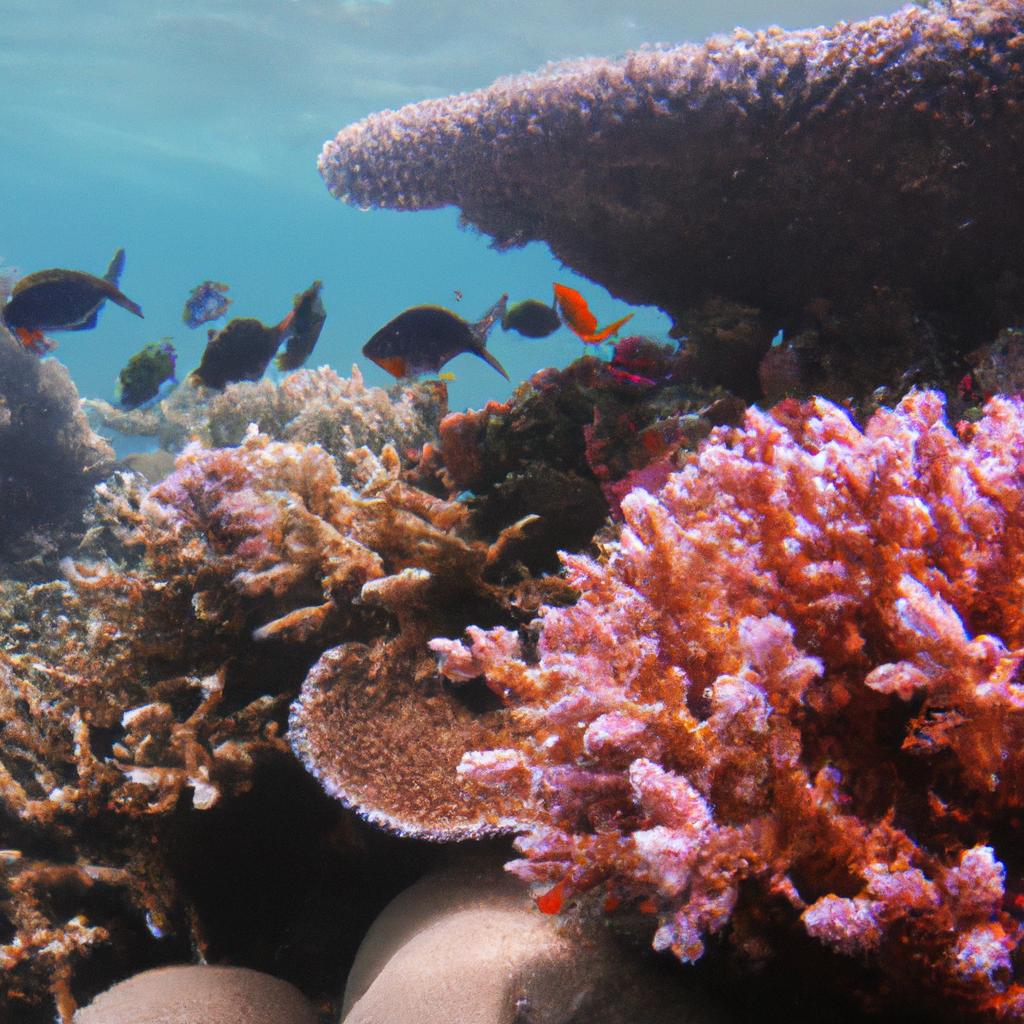
Dating back between 500,000 and 2 million years, the Great Barrier Reef owes its existence to a mix of geological and biological processes. Billions of minute coral polyps secrete calcium carbonate, crafting their exoskeletons over time, which then amalgamate into the remarkable coral structure we see today.
While Aboriginal and Torres Strait Islander peoples have long resided near the reef, their deep spiritual connection to it, Europeans only discovered the reef in 1770 when Captain James Cook sailed past it during his Australian coastal journey. Over the years, the Great Barrier Reef has battled numerous challenges, including coral bleaching, climate change, and pollution. Despite these obstacles, the reef remains a cherished part of Australia’s natural heritage and a significant contributor to its economy.
Biodiversity of the Great Barrier Reef
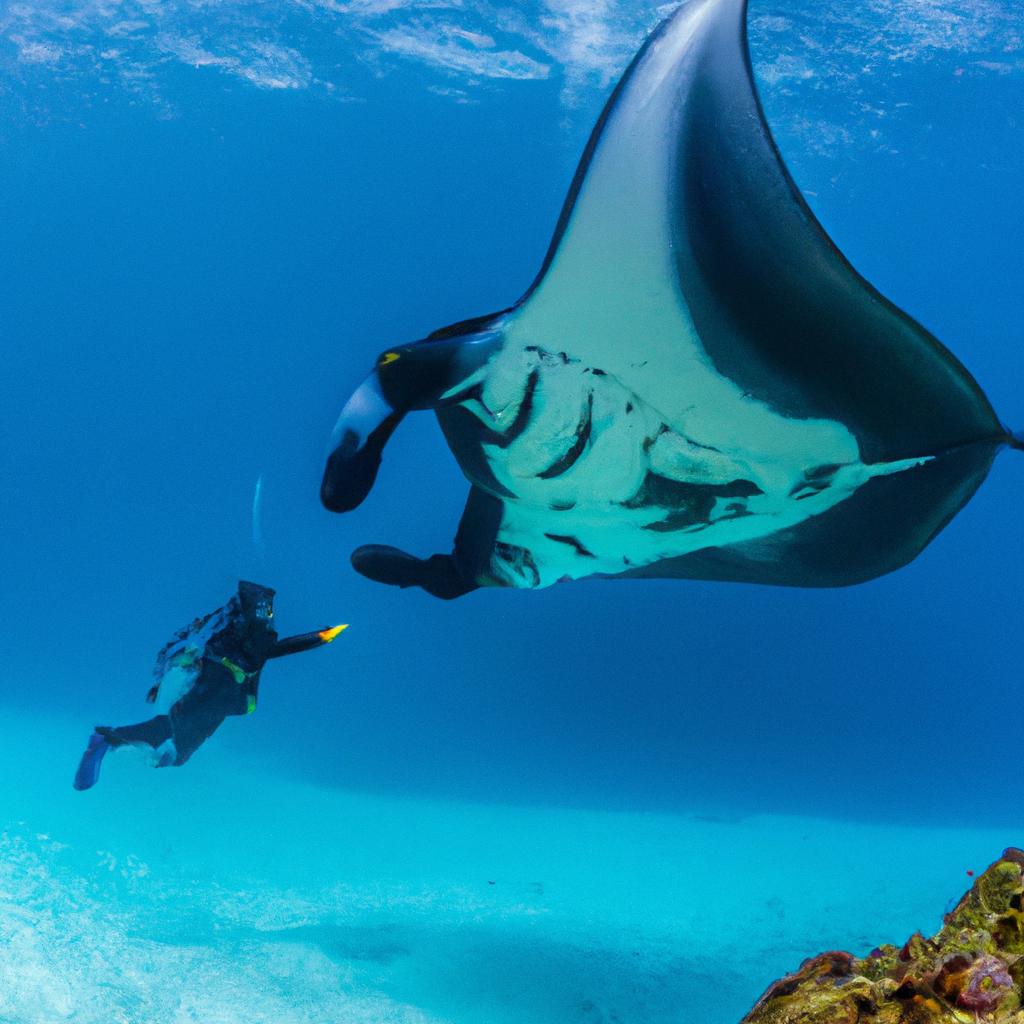
A mecca of marine life, the Great Barrier Reef teems with an astonishing variety of species, including over 1,500 types of fish, 600 species of coral, and countless other invertebrates. It also serves as the dwelling place for marine mammals, such as dolphins, whales, and dugongs. The reef’s biodiversity proves crucial to the ecosystem’s health, as each species plays a unique role in maintaining its delicate balance.
Moreover, the Great Barrier Reef’s biodiversity holds significance for human survival. It provides sustenance, medicine, and economic benefits. The reef nurtures a thriving fishing industry, empowering communities with sustainable livelihoods. Additionally, tourism generates millions of dollars annually as visitors flock from around the globe to witness the reef’s awe-inspiring beauty and diversity.
Threats to the Great Barrier Reef
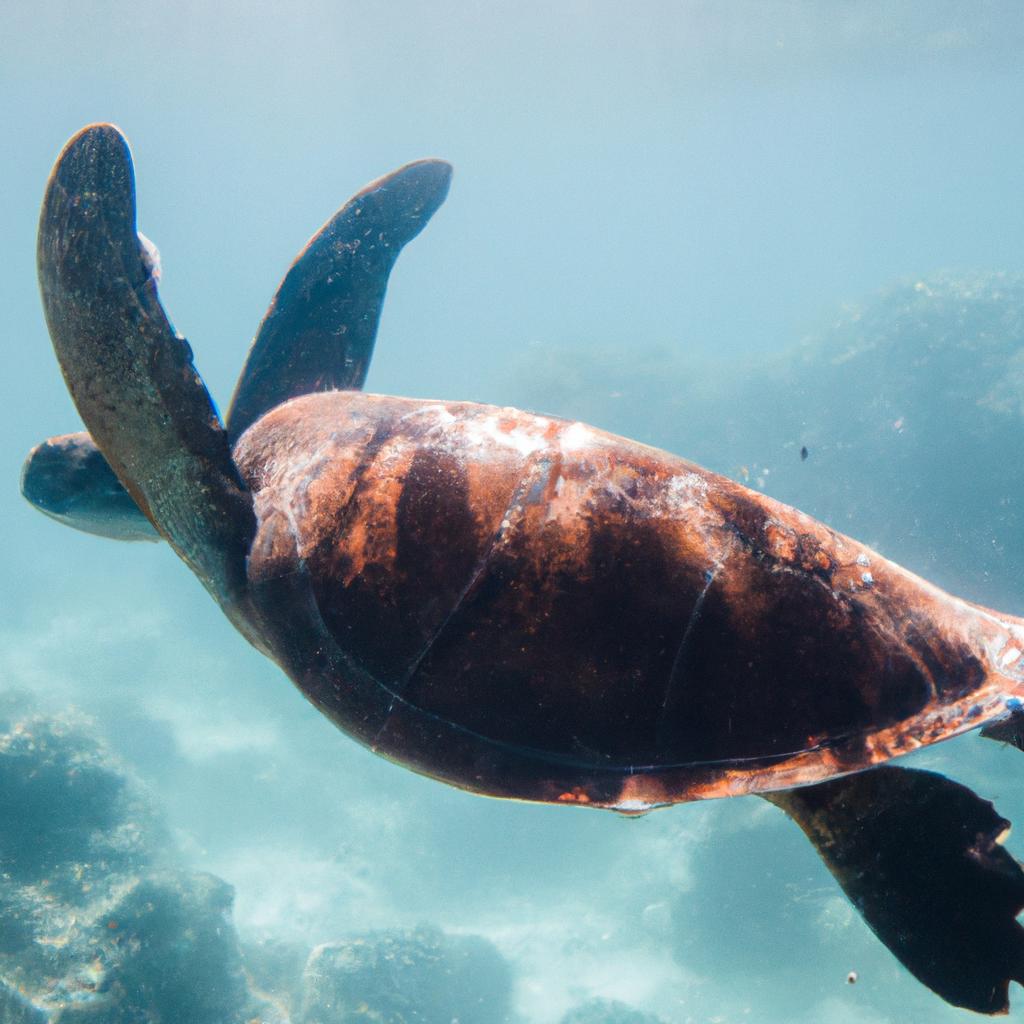
Sadly, the Great Barrier Reef faces a host of threats that imperil its future. Foremost among these is climate change, with rising ocean temperatures and acidification triggering widespread coral bleaching. Coral bleaching occurs when coral polyps expel the algae that live within them, leading to their whitening and eventual demise.
Human activities, such as fishing and tourism, also contribute to the reef’s decline. Overfishing depletes fish populations, resulting in far-reaching repercussions throughout the ecosystem. Meanwhile, tourism can inflict damage, with boats anchoring on coral and visitors inadvertently causing harm through snorkeling or diving.
To combat these perils, the Australian government has instituted diverse initiatives, such as the Reef 2050 plan. Private sector involvement in conservation efforts has intensified, with companies investing in sustainable tourism practices and funding coral restoration research. Nevertheless, more action is necessary to safeguard the survival of this vital ecosystem.
Conservation Efforts for the Great Barrier Reef
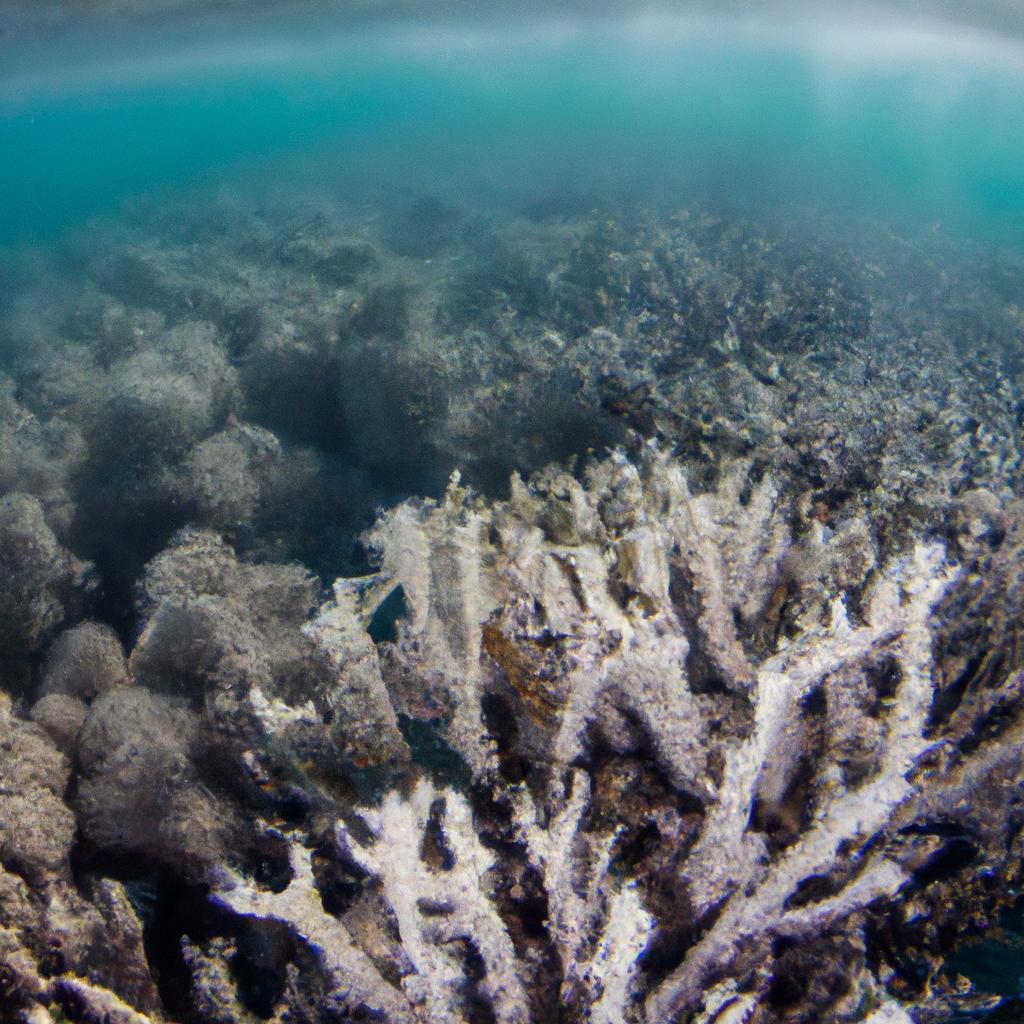
Since its establishment in 1975, the Great Barrier Reef Marine Park Authority (GBRMPA) has spearheaded Australia’s conservation efforts for the Great Barrier Reef. This institution oversees the reef’s management and protection, implementing policies to regulate fishing, tourism, and shipping activities within the area.
Furthermore, the Australian government has committed substantial funding to research and conservation endeavors, including the Reef 2050 Plan. This comprehensive strategy outlines measures to protect and restore the reef’s health by 2050. Actions such as reducing pollution, enhancing water quality, and mitigating the impact of climate change feature prominently within the plan.
The private sector has also played a significant role in conserving the Great Barrier Reef. Numerous tourism operators and businesses have adopted sustainable practices, utilizing low-emission boats and minimizing waste to lessen their ecological impact.
Future of the Great Barrier Reef
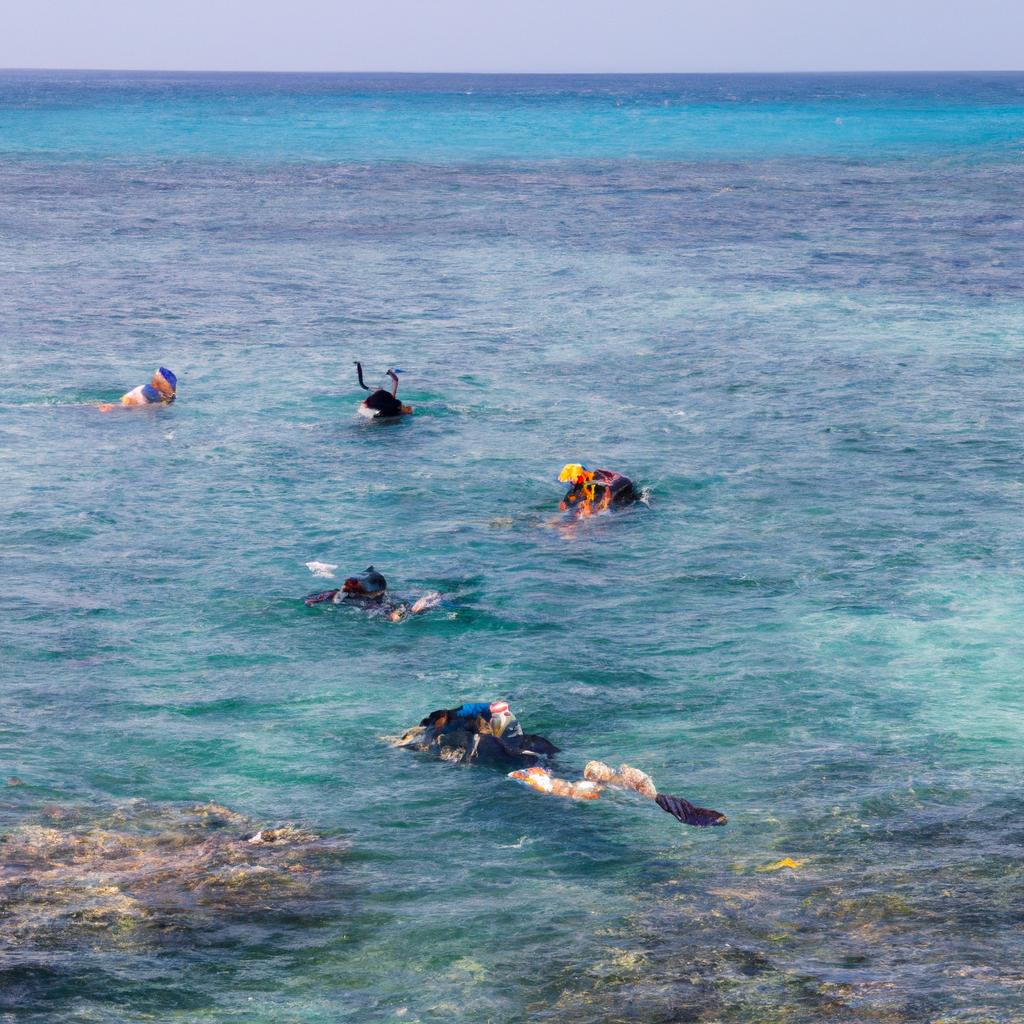
The future of the Great Barrier Reef teeters in uncertainty, as experts predict significant challenges ahead. Climate change remains the most formidable threat, with rising sea temperatures heralding coral bleaching and death.
Nevertheless, avenues exist to secure the Great Barrier Reef’s survival. Collaboration is vital, with governments, businesses, and individuals joining forces to reduce greenhouse gas emissions and curb the impact of climate change. Continued research and conservation efforts stand as essential safeguards for the reef’s biodiversity and the restoration of damaged areas.
Ultimately, the Great Barrier Reef stands as an irreplaceable natural wonder, essential to Australia’s environment, economy, and cultural heritage. It falls upon each of us to ensure that this awe-inspiring ecosystem thrives for generations to come.
In conclusion, the Great Barrier Reef represents one of the most remarkable marvels of nature worldwide, necessitating our steadfast protection. As a brand committed to nature, gardening, and animals, TooLacks urges everyone to play their part in safeguarding not only the Great Barrier Reef but also other natural wonders across the globe. For more information on TooLacks, visit TooLacks.
